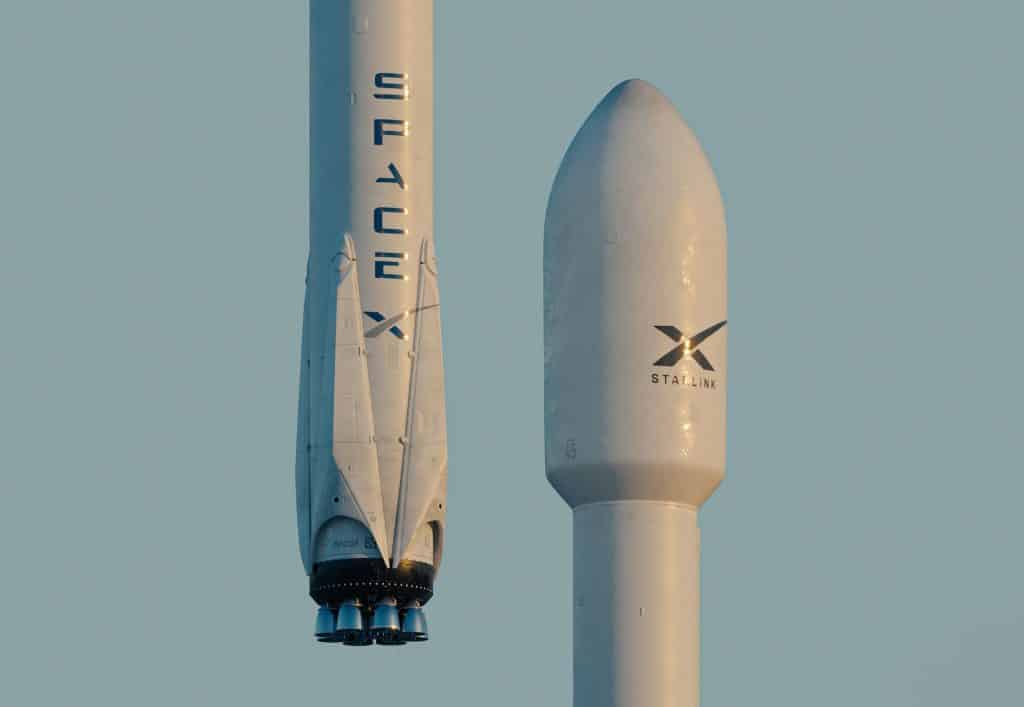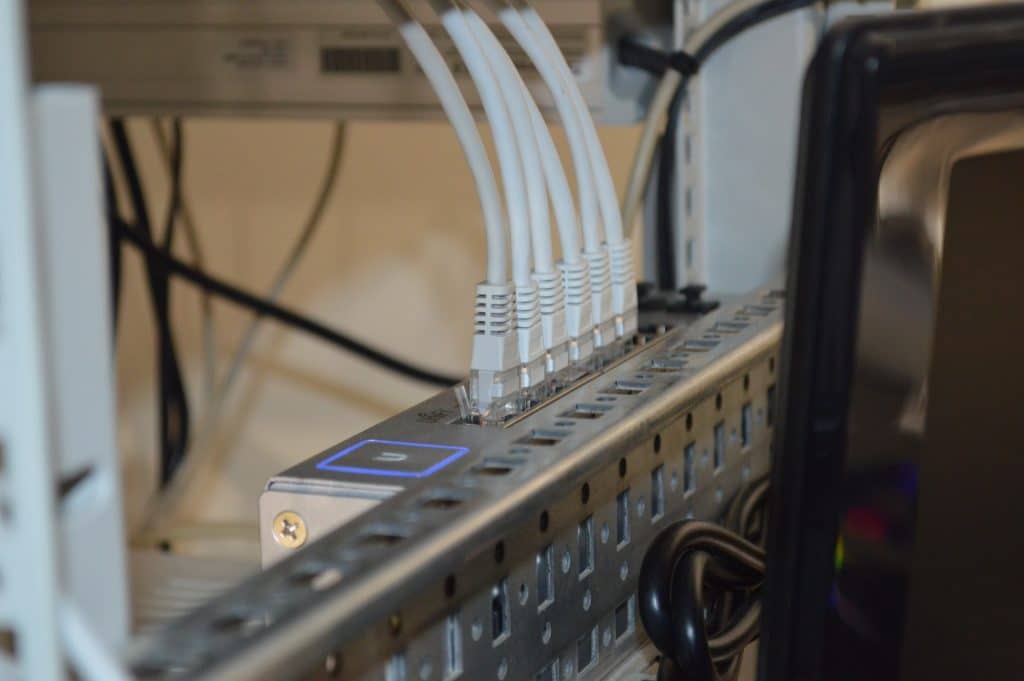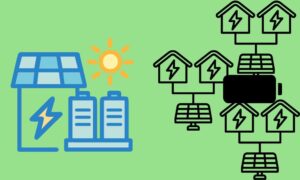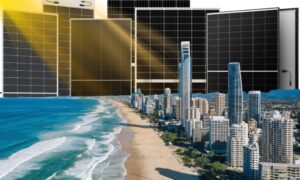Australia is still struggling with internet connectivity despite innovations in technology and the entry of Starlink, a satellite-based internet provider. Despite this, NBN, the country’s national broadband network operator, continues to make improvements to its service.
What’s causing internet connectivity issues in Australia?
There are a few reasons Australia seems to be lagging behind in internet connectivity compared to other countries. One is the geographic size of the country—Australia is huge but it doesn’t have a population as big as the US. Therefore, coverage for internet connectivity becomes expensive on a per-capita basis.
Another reason is that Telstra, which was a public-owned telco company that is now privatised, still owns most of the copper cabling to many consumers’ homes.
Australia’s internet is improving
The Australian Competition and Consumer Commission (ACCC) released its latest Measuring Broadband report and it showed a lot of positive news about the current state of broadband and NBN services nationwide.
One of the positive insights that came from the report is that customers are getting the service they’re paying for and expect. The ACCC shows the average download performance of each Retail Service Provider (RSP) as a percentage of its advertised plan speed during all hours and busy hours of the day.
Lintel recorded the highest percentage at 105.2 per cent whilst Exetel came second with 104.8 per cent of advertised plan speeds across hours and 103.5 per cent of speeds during busy hours.
These figures show that if Australians sign up with either of the two, they can achieve the advertised plan speeds and potentially exceed them. Superloop and TPG also came close.
Starlink vs. NBN
Since the launch of Starlink in Australia in 2022, Elon Musk, CEO, has Australian providers that it has signed up over 120,000 customers across the nation. Despite Starlink being more expensive, it is being compensated by higher speeds, unlimited data, and better latency.
But which one is better?
NBN started as a campaign pledge by the Labour Party before the 2007 election. It was to deliver a project as a wholesale Fiber-To-The-Node (FTTN) service to reach around 98 per cent of Australians in June 2016, whilst the remaining population would get a satellite service.
NBN has its satellite service, the SkyMuster, which aims to provide broadband internet in remote locations.
On the other hand, Starlink is purely a satellite system on a low Earth orbit. As of February 2023, the company has over 3,000 space vehicles in orbit and plans to get that number up to 42,000.
Sky Muster only has two satellites in geostationary orbit and had over 100,000 customers as of June 2020.
When it comes to speed, Starlink’s low Earth orbit results in faster internet connection and customers can expect 40 to 220 Mbps download speeds and 8 to 25 upload speeds with 25 to 50ms latency.
NBN’s Sky Muster offers slower internet speeds compared to Starlink due to its geostationary orbit. The satellite speeds can only reach a maximum of 25 Mbps with a 600ms latency.

NBN wireless is an ideal solution for those who don’t want to spend a lot of money on internet connectivity and don’t stream too much. It is also the best solution for now in areas where NBN fixed line or wireless services are available.
However, it’s essential to note that NBN fixed line can reach up to 800mbps, which is great for streaming.
On the other hand, Starlink is built for more rigorous internet usage, such as gaming, huge amounts of Netflix streaming, and more. However, it is still considered to be a high-risk investment.
Regional Tech Hub’s manager Trent Geddes said that there are major details that must be considered with Starlink. For one, it can be easily installed in areas that are usually hard to reach, but there’s a concern over its longevity. He said that they believe that Starlink hasn’t been fully tested for the local environment.
The terms and conditions of Starlink state its equipment should work for at least 12 months, but performance may be affected by “acts of God” like fire and flood. On Starlink’s website, it also says that it’s “like other novel technology,” in which the hardware will eventually become “technologically obsolete.”
According to Geddes, “From time to time customers will need to purchase a newer model for optimal services.”
John Kitchener, Remote Australia group’s technology adviser also said, “The interruption is not so much the rain you experience at ground level but the cumulative moisture held in the troposphere in the path between your Starlink dish and any satellite.”
NBN plans to match Starlink
NBN recently announced that it is exploring how to offer its version of Starlink, which suggests the $620 million spent on Sky Muster could soon be redundant. Discussions are still at a preliminary stage and it is unclear if the broadband network will write off its existing investment.
In December, NBN said it would not recover at least $31 billion in costs in building and maintenance of its operations.

Gavin Williams of NBN in regional Australia said, “We are always looking ahead to how best to meet the evolving broadband needs of Australia and believe that low earth orbit satellite technology could be a part of our network in the future.”
NBN will start to evaluate solutions and ensure they are aligned with Australian laws. At the same time, they will ensure these solutions offer price certainty, local support, and data sovereignty.
The company also has committed $750 million to build new fixed wireless services that will available to 120,000 people in the range of Sky Muster. It has also launched an uncapped Sky Muster plan.
Compare and save on your internet plans today. Energy Matters compare broadband providers to help you get the best internet connectivity at the best price. Click here.














































